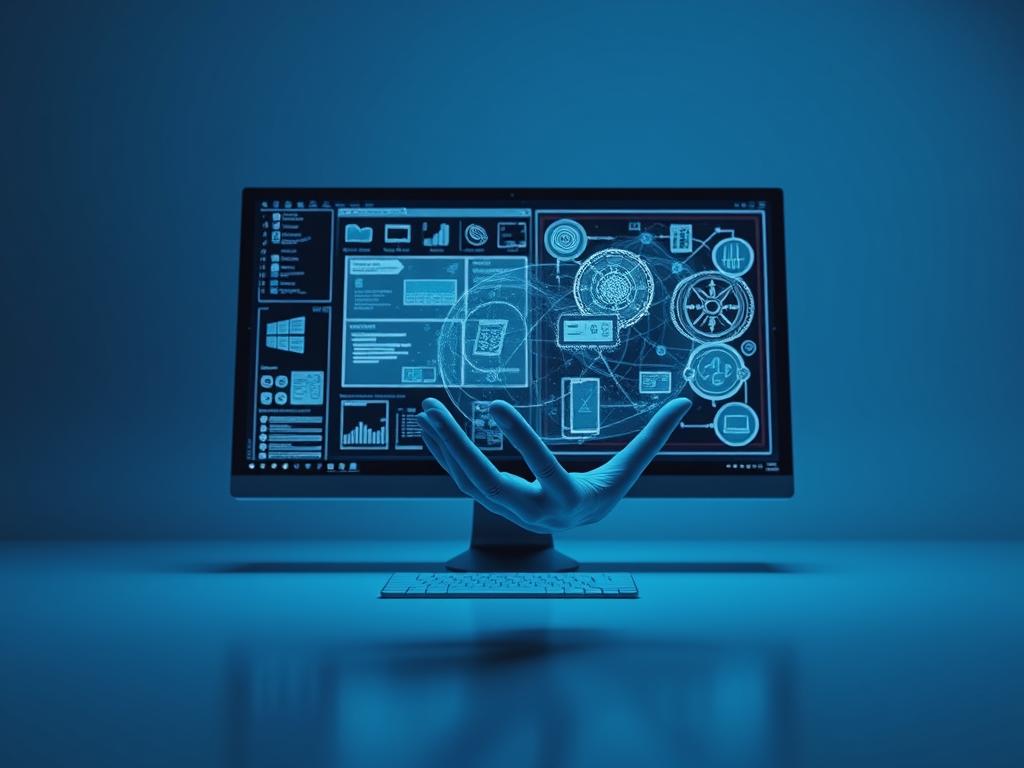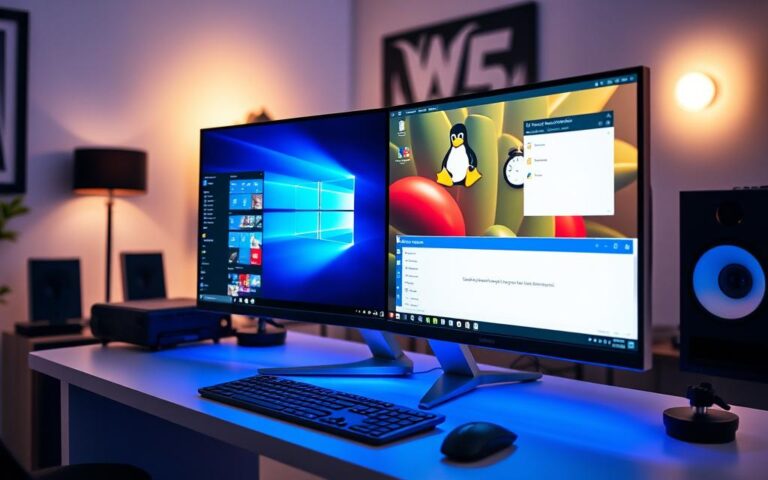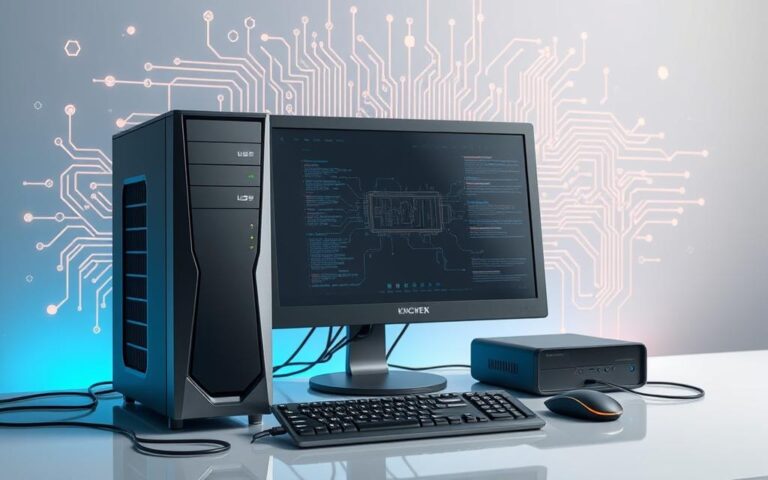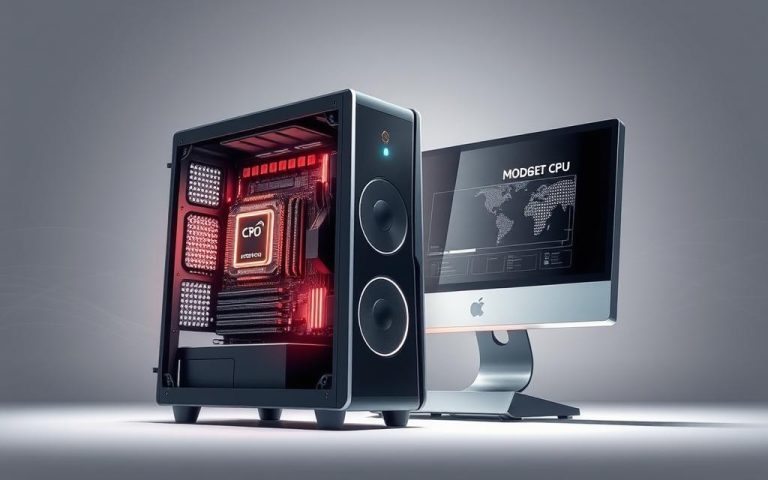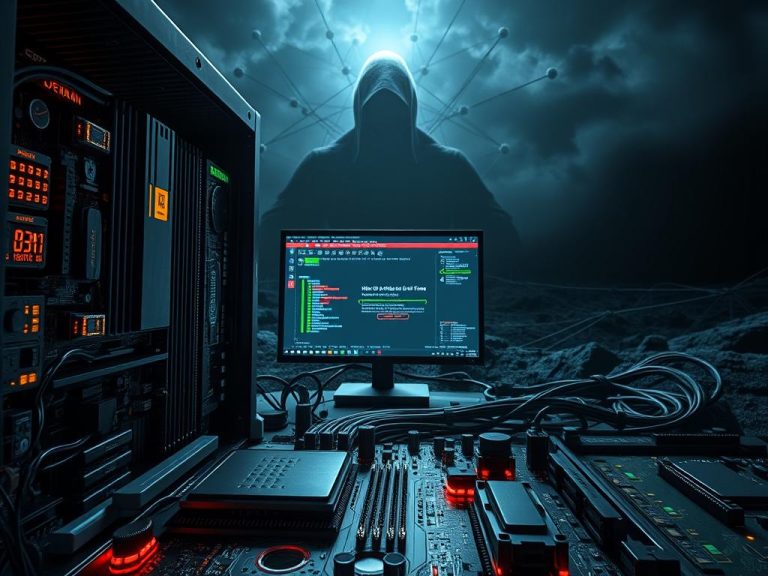Can a Computer Function Without an Operating System?
Computers have come a long way since their early days. The first machines ran single programs without complex operating systems. Today’s computers are quite different, relying on sophisticated software to function.
Early computers could do amazing things with minimal software. They managed basic tasks by directly interacting with hardware. This challenges our current view of how computers work.
Modern computing heavily depends on operating systems. These systems coordinate complex hardware interactions. Identifying operating system capabilities shows how they enable smooth user experiences across various platforms.
Operating systems manage 10 to 20 hardware components in a typical desktop computer. This coordination ensures efficient resource use and smooth performance. It makes computers without operating systems rare in today’s tech world.
The relationship between hardware, software, and operating systems is fascinating. It’s crucial in powering our digital world. Understanding this connection helps us appreciate modern computing’s complexity.
Understanding the Role of Operating Systems in Computing
Operating systems are the backbone of modern computing. They bridge computer hardware and software, managing critical resources. These systems enable smooth interaction between users, applications, and physical components.
Operating systems have evolved dramatically over time. They’ve transformed computing from simple single-task environments to complex, multifunctional platforms. Now, they support numerous simultaneous processes.
Core Functions of Operating Systems
Operating systems perform several key tasks. These include:
- Process management
- Memory allocation
- Device communication
- User interface coordination
Computer Resource Management Strategies
Operating systems optimise performance through intelligent resource management. They allocate and schedule computational resources effectively.
| Resource Type | Management Strategy |
|---|---|
| CPU | Time-slice scheduling |
| Memory | Dynamic allocation |
| Storage | File system organisation |
Operating System Evolution
Operating systems have shown remarkable technological progress. From rudimentary single-task systems to sophisticated multi-user platforms, they’ve greatly expanded computational capabilities.
- Early computers: Single-program execution
- 1970s: Multitasking capabilities
- 1990s: Graphical user interfaces
- 2000s: Network-integrated systems
The global operating system market is dominated by specific platforms. Microsoft Windows controls over 80% of the market. This shows the crucial role of operating systems in today’s computing landscape.
Can a Computer Work Without Operating System: The Basic Truth
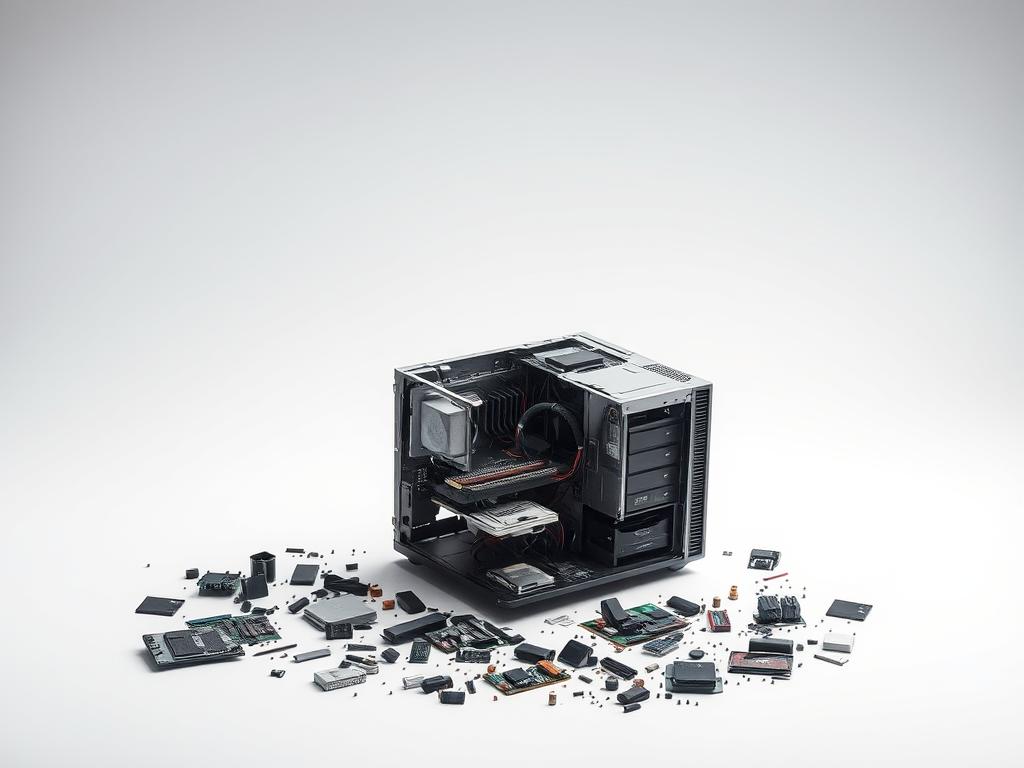
Operating systems are crucial for modern computing. However, computers can perform basic functions without an OS. This is possible, but with significant limitations.
Developers must write precise code to communicate directly with hardware. This approach requires extensive technical knowledge and skills.
Programmers face substantial challenges without an OS. They must manually manage every computational task.
- Direct hardware interaction
- Memory allocation
- Input/output processing
- Resource management
This method demands expertise in low-level programming languages like assembly. Deep understanding of computer architecture is also essential. Complexity increases rapidly for advanced operations.
| Computer Functionality | With OS | Whether OS |
|---|---|---|
| Resource Management | Automated | Manual |
| Hardware Interaction | Abstracted | Direct |
| Programming Complexity | Low | High |
Modern computing relies on operating systems to simplify software-hardware interactions. Running a computer without an operating remains a niche challenge.
This approach is mainly interesting for educational purposes. It’s also useful for specialised embedded systems.
The BIOS and Firmware: Computing Without an OS
BIOS functionality is crucial when a computer starts without a full operating system. This essential firmware acts as the main link between hardware components and start-up processes.
BIOS is a small but powerful software layer built into computer motherboards. It handles vital hardware management tasks that allow a computer to start up.
Core System Control Mechanisms
The BIOS carries out key tasks during system startup:
- Performing Power-On Self-Test (POST)
- Detecting and initialising hardware components
- Managing boot sequence protocols
- Configuring basic system parameters
Limitations of Firmware-Based Computing
BIOS has important limits despite its vital role. It can’t support complex software or provide advanced user interfaces. The firmware’s abilities are kept simple to ensure reliable system start-up.
Essential Hardware Management Functions
BIOS handles crucial hardware interactions through:
- CPU voltage regulation
- Memory address mapping
- Peripheral device recognition
- System clock synchronisation
Modern computers often use UEFI (Unified Extensible Firmware Interface) instead of traditional BIOS. UEFI offers better security features and faster device initialisation.
Programming and Running Software Without an OS
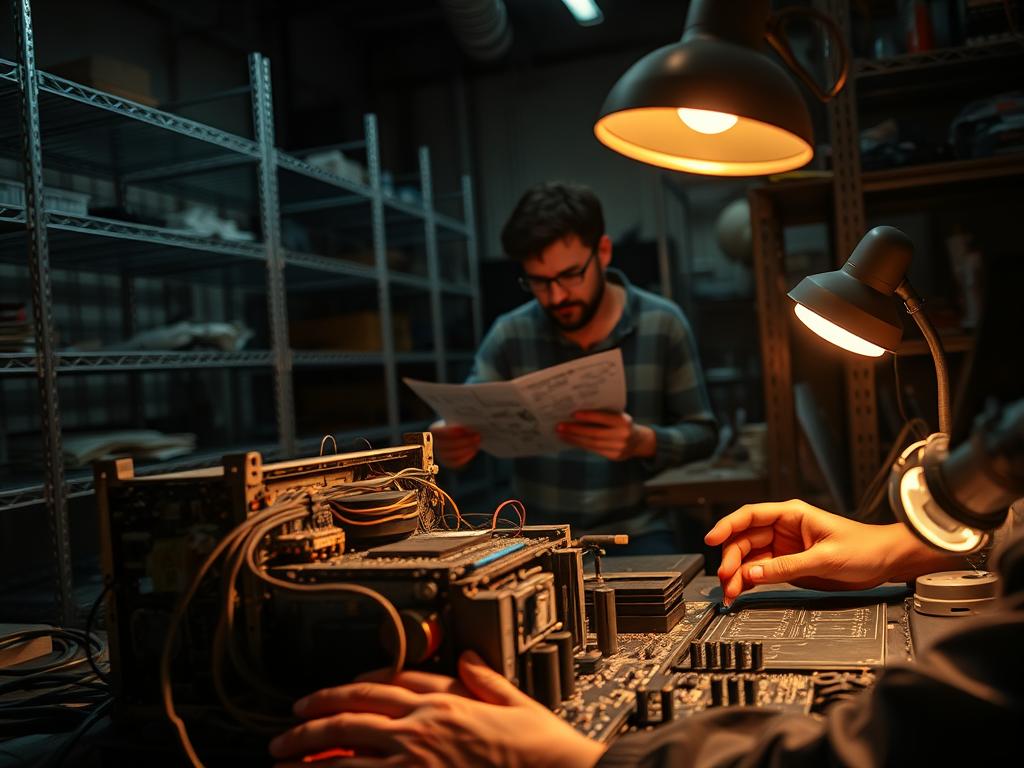
Bare-metal programming lets code interact directly with computer hardware, bypassing the operating system. This low-level coding method challenges traditional computing approaches. It removes the usual software layer managing system resources.
Developers face significant hurdles when creating software without an OS. They must handle tasks typically managed by operating systems. These include device management, memory allocation, and interrupt handling.
Older computers like the IBM 1401 operated without full operating systems. This showed that standalone programs could run directly on hardware. Modern computing environments, however, present far more complexity.
Real-time controllers and embedded systems often use bare-metal programming for peak efficiency. IoT developers increasingly favour this approach. Studies show about 40% of IoT projects use bare-metal systems.
Bare-metal programming offers several key benefits. These include zero computational overhead, maximum memory efficiency, and direct hardware control. It also reduces overall system complexity.
This powerful technique requires deep hardware knowledge. It’s typically used in specialised applications where performance is crucial. Resource management is also a critical factor in these scenarios.
Conclusion
Operating systems are vital in modern computing. Without them, computers would be severely limited. They can only run basic tasks without an operating system.
Windows, macOS, and Linux transform raw hardware into powerful machines. They manage security, coordinate devices, and optimise performance. These systems enable computers to perform complex tasks efficiently.
Operating systems handle memory allocation and input/output operations. They make it possible for computers to multitask effectively. Without them, resource management would be incredibly difficult.
The importance of operating systems will likely grow. New technologies in virtualisation and mobile computing show their evolving nature. They’re adapting to meet complex computational demands in our digital world.
Operating systems will remain crucial as technology advances. They’ll continue to bridge the gap between users and complex hardware. This ensures efficiency and security across various computing platforms.
FAQ
What is an operating system and why is it important?
An operating system is vital software that links computer hardware and software applications. It manages resources, enables multitasking, and provides user interfaces. The OS facilitates communication between hardware components and software programmes.
Can a computer actually function without an operating system?
A computer can perform basic tasks without an operating system. However, modern computing needs an OS for complex applications and efficient resource management. It also provides a user-friendly interface for smooth operation.
What role does BIOS play when there’s no operating system?
BIOS manages essential hardware functions and performs system initialisation. It detects hardware components and manages the boot sequence. BIOS provides minimal functionality but can’t support complex computing tasks like a full OS.
What is bare-metal programming?
Bare-metal programming involves coding directly with computer hardware without an operating system. It requires extensive knowledge of hardware specifications. This approach is typically used in embedded systems and specialised computing environments.
Are there any modern systems that operate without a traditional operating system?
Yes, some specialised systems can function without traditional operating systems. These include microcontrollers, embedded devices, and real-time systems. They often use minimal firmware or custom software for specific, limited tasks.
How do operating systems manage computer resources?
Operating systems allocate memory, schedule processes, and control device interactions. They manage file systems and provide security mechanisms. OSs ensure efficient use of CPU, memory, storage, and other hardware components.
What are the primary challenges of computing without an operating system?
Computing without an OS lacks standardised interfaces and struggles with complex hardware interactions. It’s difficult to run multiple applications simultaneously. Programming and resource management become significantly more complex.
How have operating systems evolved over time?
Operating systems have grown from simple task managers to complex, multi-functional systems. They now support graphical interfaces, network connectivity, and advanced security features. Modern OSs enable seamless multitasking across diverse hardware platforms.
